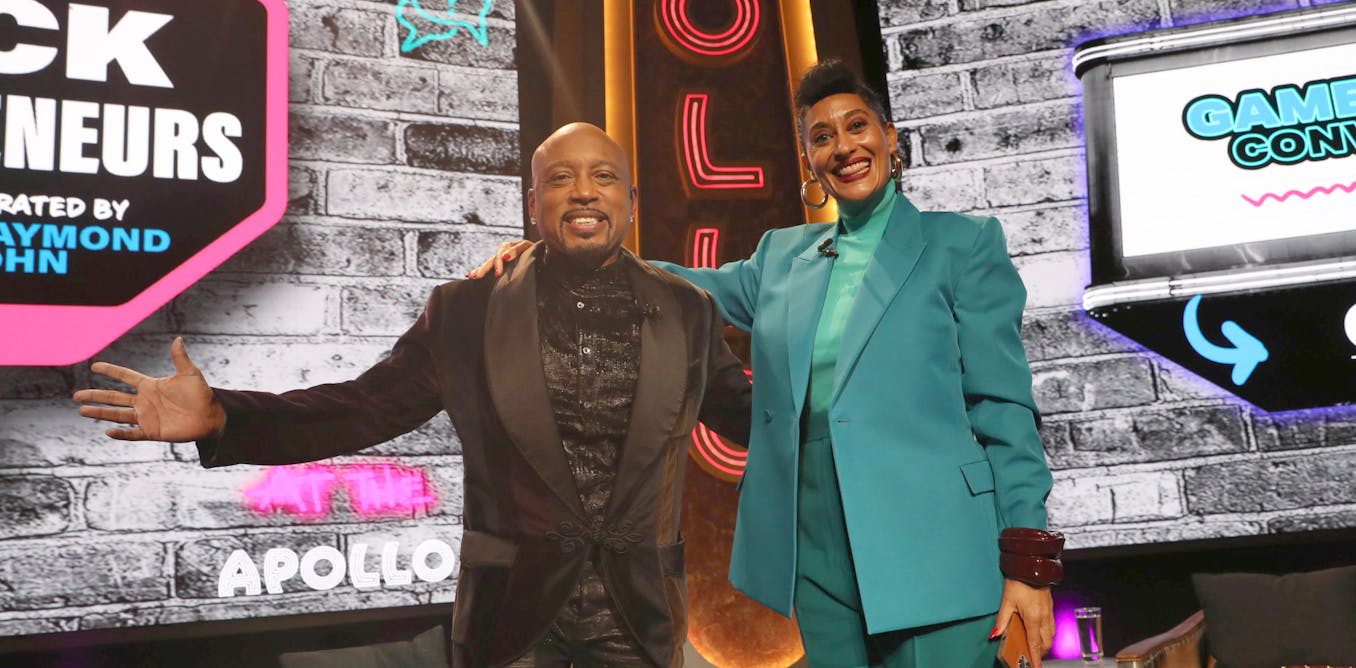Politics
Philly mayor might consider these lessons from NYC before expanding stop-and-frisk
The police killing of 28-year-old Alexander Spencer in a North Philadelphia corner store in January 2024 reignited debate about whether expanding stop-and-frisk in Philly can reduce violence in the city.
As part of her promise to reduce crime, Philadelphia’s newly elected mayor, Cherelle Parker, has indicated her support for the expansion of stop-and-frisk policies.
Parker’s approach is not surprising. Historically, when crime increases, American society assumes that lax or lenient crime-control strategies are to blame.
Yet, since the mid-1990s, data repeatedly shows that tough-on-crime approaches – such as zero-tolerance policies, mandatory sentencing and mass incarceration – cost taxpayers large sums of money, are inefficient and can even make crime worse, specifically among youth.
As a professor of sociology, criminology and public policy, I believe that Mayor Parker and the Philadelphia Police Department should heed the lessons learned from other jurisdictions regarding the dangers of stop-and-frisk – most notably New York City.
The greater use of stop-and-frisk in Philadelphia could lead to a myriad of unwanted consequences, such as lawsuits against the city, greater racial disparities in the criminal justice system, citizen unrest and distrust of the police. Meanwhile, there is little evidence that an expanded stop-and-frisk policy will actually reduce crime.
What is stop-and-frisk?
The Fourth Amendment of the U.S. Constitution ensures an individual’s right to be free from unreasonable searches and seizures. But who determines what is reasonable?
A 1968 U.S. Supreme Court decision took up that question. In Terry v. Ohio, the court ruled that a police officer can stop, question and frisk a person as long as the officer has a reasonable suspicion that the person has committed, is committing or is about to commit a crime. Frisking was allowed to protect the police officers only if the individual was suspected to be armed or if during questioning the level of suspicion rose to probable cause. Probable cause, most simply, is a higher standard of evidence that an individual may have committed a crime and is required for a judge to issue a warrant for an arrest or a search.
However, in the decades following Terry v. Ohio, police departments across the country have used stop-and-frisk in ways that stretch the limits of the decision and potentially violate Fourth Amendment rights.
New York City is perhaps the most notorious example.

A tough-on-crime policy
In 1993, Rudy Giuliani famously ran his New York City mayoral campaign on a tough-on-crime platform. Upon election, he hired Bill Bratton as police commissioner. Bratton had previously served as Boston’s police commissioner and also as the chief of the NYC Transit Police.
Under this new administration, police began aggressively pursuing minor offenses such as marijuana possession, alcohol use, motor vehicle violations and vagrancy. In addition, officers were encouraged to stop and frisk individuals who merely looked suspicious based on location, dress, demeanor or other characteristics of the individual.
When Michael Bloomberg replaced Giuliani as mayor in 2002, he expanded on these practices with “Operation Impact.”
Operation Impact flooded officers into areas that were designated as “impact zones” because of high levels of existing crime. Unsurprisingly, most of these neighborhoods had high poverty rates, high rates of renters compared with homeowners and were communities of color – the three factors that suggest a community will have high levels of crime.
With police officers disproportionately placed in such communities, and encouraged to stop and frisk with low levels of suspicion, it is not surprising that research finds high levels of racial disparity in the decisions to stop and frisk. Minorities were over 3.5 times more likely than whites to be subject to these policies. Law professor Jeffrey Bellin detailed how the minor impact that stop-and-frisk may have had on illegal gun carrying in New York was tied to its unconstitutionality.
Lessons from NYC
New York City’s experience with stop-and-frisk policies provides, I believe, important lessons for Philadelphia’s mayor to consider.
First and foremost, multiple lawsuits related to stop-and-frisk were filed against the NYPD and the city government during Bloomberg’s third term as mayor. In each of these cases, the city was found liable for unconstitutional practices.
The NYPD and the city itself were rebuked by the courts for the discriminatory nature of stop-and-frisk searches. Perhaps not surprisingly, stop-and-frisk became a central issue in NYC’s 2013 mayoral race. In 2013, a federal district court judge found that stop-and-frisk, as implemented in New York City, was unconstitutional because of its reliance on racial profiling, and the practice was eventually curtailed.
While some touted stop-and-frisk policies as the cause for the reduction in crime in the city during the early 2000s, the same decreases were happening across the U.S. and Canada – in many areas that did not invoke these policies. This suggests that the drop in crime was part of a broader trend.
In addition, much research has indicated that the vast majority of incidents of stop-and-frisk, particularly with individuals of color, do not result in officers finding drugs or guns, or making an arrest. Thus, they waste valuable police time and money. In addition, a report from New York’s state attorney general found that only about 3% of stop-and-frisks in New York City from 2009 to 2012 led to a conviction.
Even when it does not lead to a formal conviction, stop-and-frisk can be humiliating and traumatic for the individual. They can also lead to further police brutality and greater mistrust of the police.
Finally, I would like to point out that as stop-and-frisk policies drew to a close in 2014, the murder rate within the city fell while the number of stops declined. In fact, the biggest drop occurred precisely when the number of stops also fell dramatically, according to the Brennan Center for Justice.
Community policing and other alternatives
Given stop-and-frisk’s controversial nature and questionable results, Parker may want to prioritize other policing policies that have more evidence of success and foster better relationships with communities. These include community policing, “hot spot” policing where officers also receive intensive training in procedural justice, and expanded use of specialty courts such as drug courts, veterans courts and mental health courts.
This is far from a complete list of alternatives. Many crime-reduction strategies are less controversial than stop-and-frisk, put the city at lower risk of lawsuits, lead to better police-citizen interactions and save taxpayer dollars that can be spent on crime prevention and other programs that improve the quality of life of Philadelphians.
-

 Politics4h ago
Politics4h agoWhy Trump Actually Needs Mexico
-
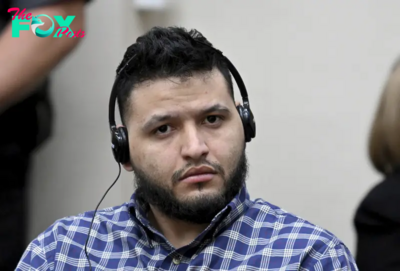
 Politics4h ago
Politics4h agoMan Convicted of Killing Laken Riley Sentenced to Life in Prison Without Parole
-
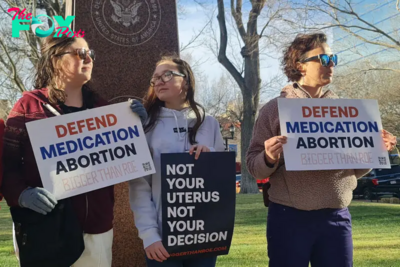
 Politics10h ago
Politics10h agoHow the Biden Administration Protected Abortion Pill Access—and What Trump Could Do Next
-

 Politics10h ago
Politics10h agoWhy Trump’s Tariffs Could Raise Grocery Prices
-
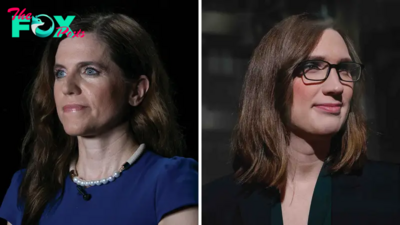
 Politics21h ago
Politics21h agoThe First Trans Member of Congress Expected Pushback Like Mace’s Bathroom Rule
-
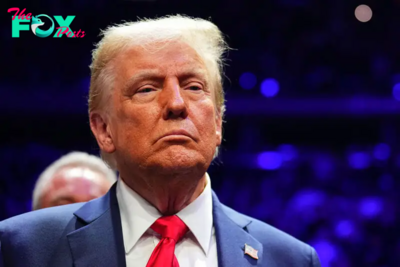
 Politics21h ago
Politics21h agoNew York Prosecutors Oppose Dismissing Trump’s Hush Money Conviction
-

 Politics1d ago
Politics1d agoWhite House Christmas Tree Is a Symbol of Resilience for Hurricane-Hit North Carolina Farms
-
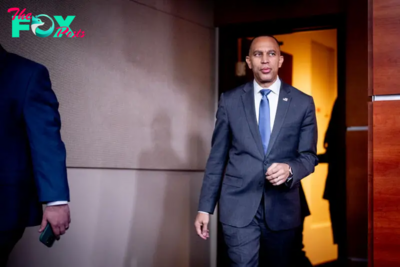
 Politics1d ago
Politics1d agoHakeem Jeffries Wins Reelection as House Democratic Leader Despite Party’s Losses



